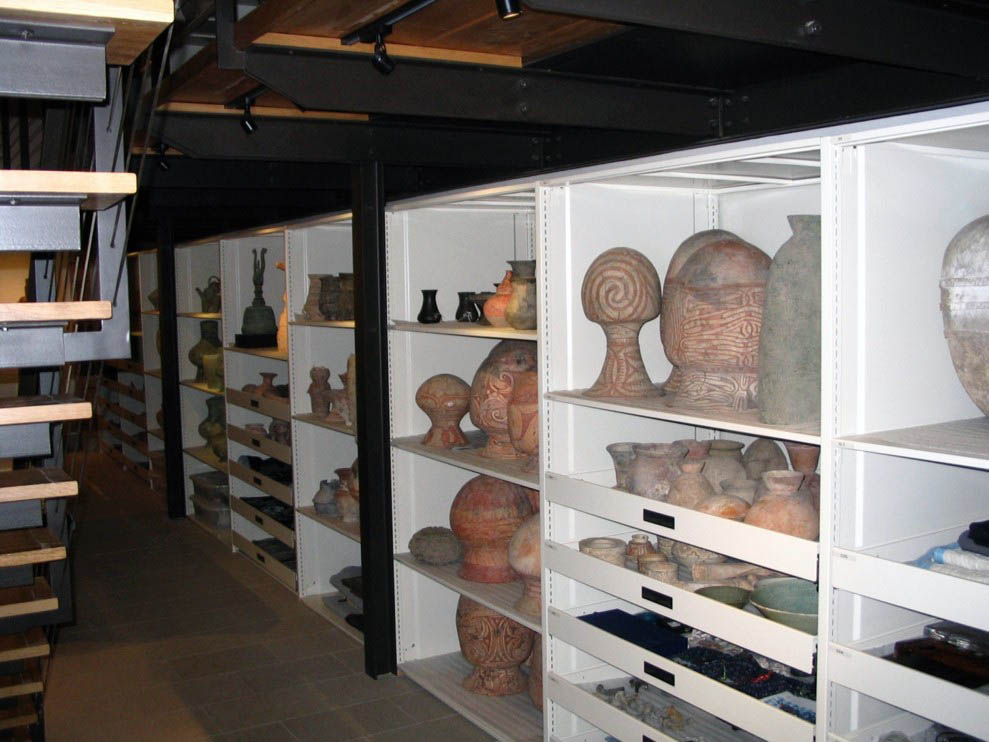Hot Pots, Museum Raids, and the Race To Uncover Asia’s Archaeological Past
Thursday, October 6, 2016
6:45pm to 8:45pm
S. Dillon Ripley Center
1100 Jefferson Drive, SW
Washington, DC
Metro: Smithsonian (Mall exit)
Fifty years ago, a Harvard undergraduate, Stephen Young, son of the former U.S. ambassador to Thailand, tripped over the roots of a kapok tree, exposing the rim of a beautifully painted pot sticking up out of the ground. Thus began the first chapter of the archaeological saga of Ban Chiang, a village in Thailand.
The chance discovery led to a new understanding of a sophisticated Bronze Age culture previously unknown to archaeologists. As the news spread, however, the worldwide attention garnered by this site’s beautiful pottery and bronze objects also resulted in extensive looting. It wasn’t long before Ban Chiang-type artifacts began appearing at antique shows, in shops, and ultimately even in museum collections.
Joyce White, founder and executive director of the Institute for Southeast Asian Archeology (ISEAA), located at the University of Pennsylvania Museum, provides an overview of prehistoric Ban Chiang—today a UNESCO World Heritage Site—and its importance to our understanding of ancient Asian culture. She brings you behind the scenes of one of the largest antiquities-trafficking cases ever investigated by the U.S. Justice Department. The exciting detective story includes tracing the trail of the looters, gathering evidence of smuggling, serving search warrants at major museums, and finally bringing some of the perpetrators to justice. She also tells a broader story about the terrible effects of archaeological looting—including destruction of knowledge of the past and harming the economic development of local communities—and how these illegally exported objects made their way from Thailand to public and private collections in the United States.

